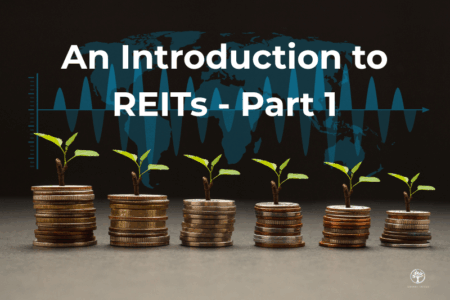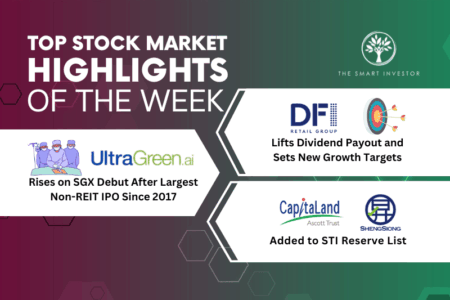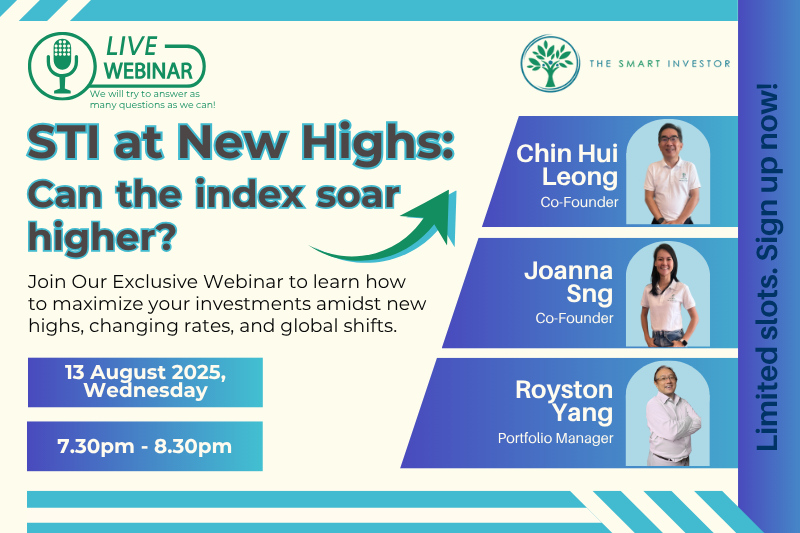Sheng Siong (SGX: OV8) is one of the outstanding performers in Singapore’s stock market.
Since its initial public offering (IPO) on 17 August 2011, shares of the supermarket operator have surged significantly from its IPO price of S$0.33.
Sheng Siong’s last close was S$1.86, registering a gain of more than sixfold for those who held on since the IPO.
But hold on, that’s not all.
There are still the steady and increasing dividends that the supermarket operator has paid out over the years.
Let’s take a closer look at how much you would have gained over the past 14 years if you had invested in 1,000 shares of Sheng Siong at its IPO.
A stellar return
Assuming you purchased 1,000 shares of the retailer at its IPO, you would have forked out a grand total of S$330 (1,000 x S$0.33).
Since its IPO almost 14 years ago, Sheng Siong’s shares have gained 464% to close at S$1.86, meaning your investment would have increased from S$330 to S$1,860.
Sheng Siong has also been paying out consistent, twice-yearly dividends since it went public.
The supermarket operator paid out a final dividend of S$0.0177 back in 2011, the year that it held its IPO.
From 2012 to 2024, the total dividend per share distributed by the group amounted to S$0.5742.
Add this to the 2011 dividend and you get a total of S$0.5919, which is even higher than Sheng Siong’s original S$0.33 IPO price.
With 1,000 shares, you would have received a total of S$591.90 in dividends over these 14 years.
If we add this to the value of your shares, it will result in a total of S$2,452.
Your original S$330 investment in Sheng Siong would have leapt more than sevenfold, and delivered around a 15.4% compound annual growth rate.
Not bad for a retailer which sells a variety of live and chilled food along with daily necessities.
You may be asking – what caused this bonanza, and can it continue into the future?
Let’s find out.
Growth in store count, revenue, and net profit
Since its IPO, Sheng Siong has greatly increased the number of stores it operates in Singapore.
At the end of 2011, the group only had 25 stores around the island.
By 2018, this number had more than doubled to 54 stores.
Even during the COVID-19 pandemic, Sheng Siong managed to open at least one store per year, taking its total store count to 69 by the end of 2023.
2024 saw a sharp jump in the number of stores to 75, and with two new stores just opened in the first quarter of 2025, Sheng Siong’s store count stood at 77 as of 31 March 2025.
Sheng Siong’s revenue and net profit also climbed in tandem with the increase in the number of stores.
The retailer’s revenue was just S$578.4 million back in 2011 but has since more than doubled to S$1.43 billion by 2024.
Net profit did even better, leaping more than fivefold over the same period from S$27.3 million to S$137.5 million.
Sheng Siong’s annual dividend per share has also more than doubled from S$0.0275 to S$0.064.
The future is yet to be
The group has displayed continued growth for the first quarter of 2025 (1Q 2025).
Revenue rose 7.1% year on year to S$403 million while net profit increased by 6.1% year on year to S$38.5 million.
Sheng Siong secured an additional six retail locations which are expected to open by 3Q 2025.
Of these six locations, two of them (KINEX and Cathay Building) are in private retail locations, a first for the group.
Another four tender results are also expected to be announced soon, which means the group could potentially add more new stores under its belt.
Once these six new locations open, Sheng Siong will have a network of 83 stores around Singapore.
Get Smart: More growth expected
The growth in Sheng Siong’s stores is in line with the buildup of HDB flats in new and existing estates.
From 2021 to 2025, HDB exceeded its target of launching 100,000 build-to-order (BTO) flats.
The government is also slated to deliver the keys to 19,000 households in 2025.
From 2025 to 2027, more than 50,000 new HDB units will be launched, as part of Singapore’s effort to build more flats for its growing population.
With these plans afoot, Sheng Siong should have more than ample shop spaces to bid for in new estates.
Its 2025 slate of new stores looks promising, but it looks like more growth can be expected with these new BTO launches.
We have seen how the retailer has grown its top and bottom lines in line with the growth in its store count.
Investors can expect the group to continue doing well as its extends its presence into new areas and also into private retail spaces.
Some companies cut dividends in a downturn. These 5 didn’t.
Find out which Singapore blue chips have weathered past chaos…and why they could be your portfolio’s anchors in the next wave of downturn. Download the report free.
Follow us on Facebook, Instagram and Telegram for the latest investing news and analyses!
Disclosure: Royston Yang does not own shares in any of the companies mentioned.





